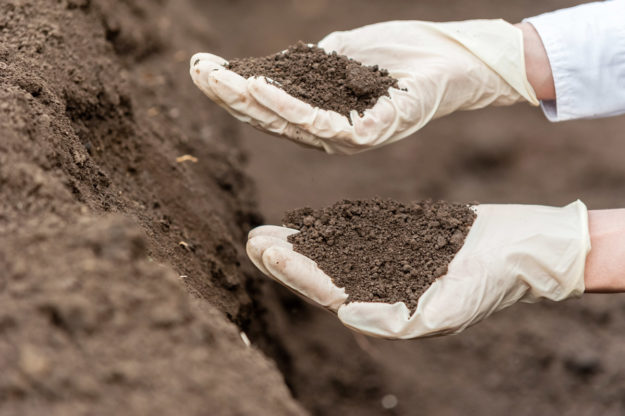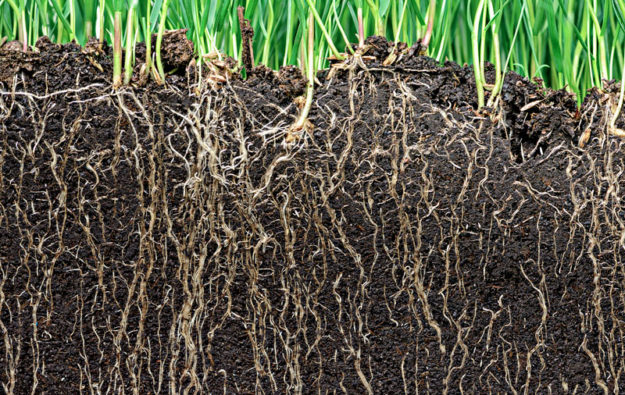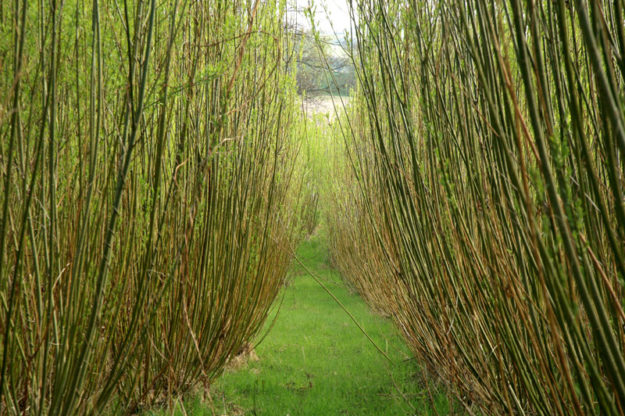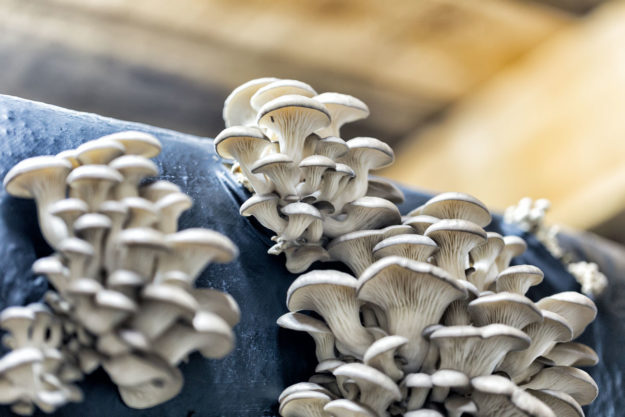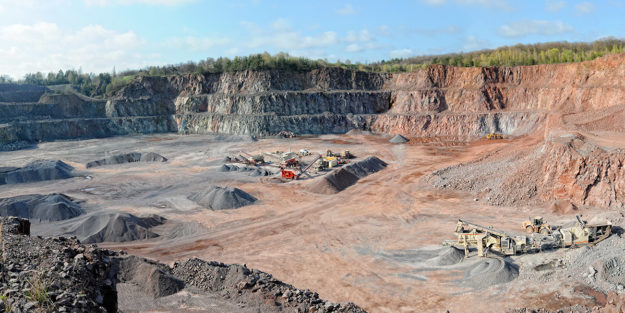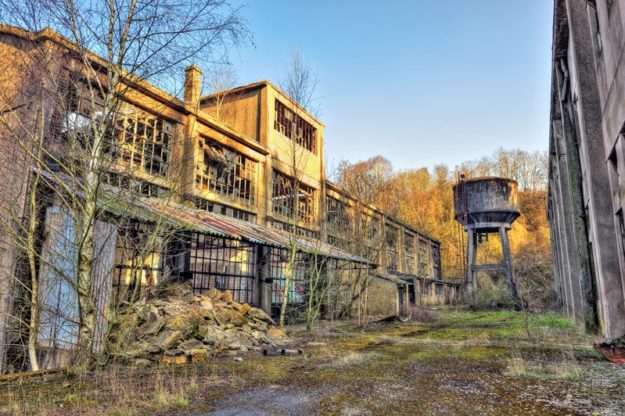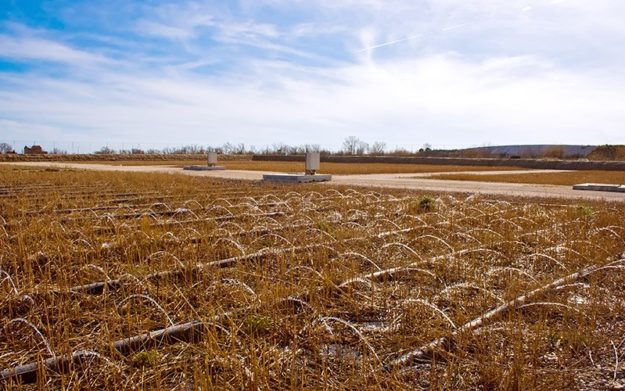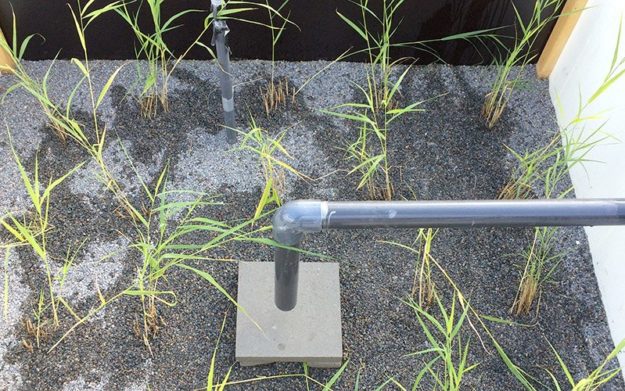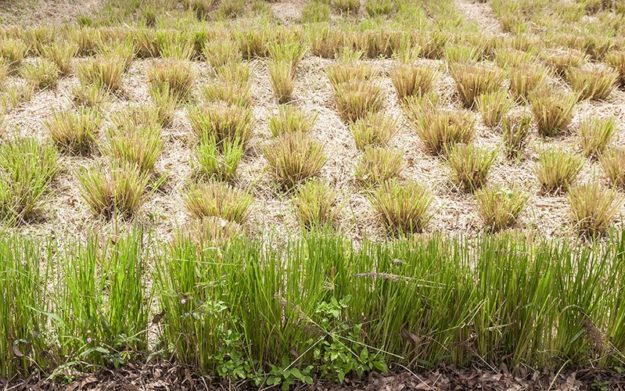SubsTer® alternative topsoil
Subster® is a soil engineering process for the formulation of alternative topsoil using quarry by-products or inert excavation earth from construction sites. This topsoil is sold to landscaping companies, contractors and public developers. It is an alternative to the use of soils from agricultural land and natural areas, for resources preservation and circular economy implementation.…


